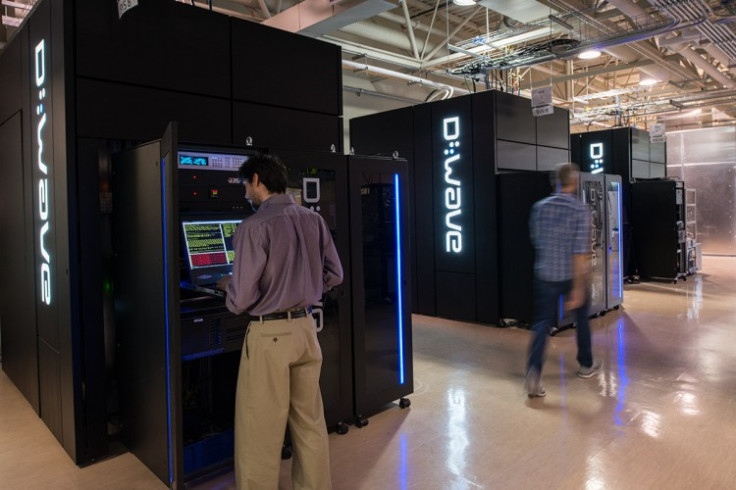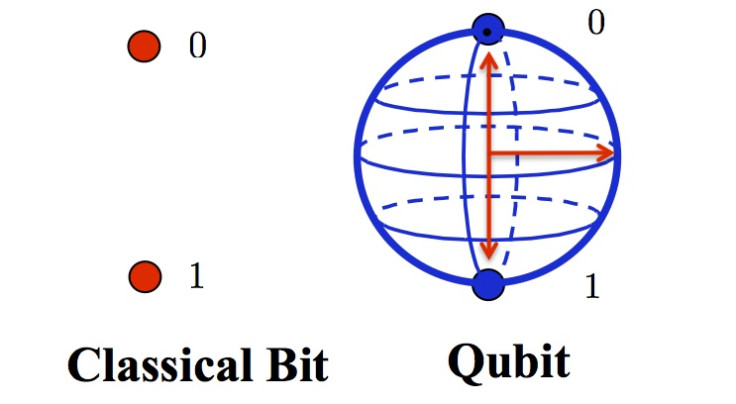Google: Controversial D-Wave quantum computer works and is 100 million times faster than PCs today

Google has released research proving for the first time ever that the controversial D-Wave quantum computer it bought with Nasa actually does work, as it has been able to beat a conventional computer at a series of tests with resounding success.
In 2013, Google and Nasa teamed up to buy the $15m (£10m) D-Wave 2X quantum processing machine, which came with a superconducting chip called a quantum annealer that is hard-coded with computer algorithms suited to solving extremely large numbers quickly, which are known as "optimisation problems".
What is quantum computing?
Quantum computers replace traditional bits that are used in digital communications with quantum bits, or qubits. Potential applications can be found in a variety of fields, from medicine to space travel.
Qubits exist in a state of superposition, meaning they can be in both states at once, rather than restricted to either binary state as traditional bits function.

Usually it takes time for computers to work out complex mathematical problems, but quantum computing could change the way we live by making smartphones and computers process information millions of times faster, which could lead to scientific breakthroughs and even help us get to Mars faster.
"We found that for problem instances involving nearly 1000 binary variables, quantum annealing significantly outperforms its classical counterpart, simulated annealing. It is more than 10<sup>8 times faster than simulated annealing running on a single core," Hartmut Neven, Director of Engineering with the Google Quantum AI team wrote on the Google Research Blog.
Translated, this means that the D-Wave's quantum annealer chip was able to solve tasks 100 million times faster than a conventional computer, and even when Google ran a separate series of tests using a computer algorithm called Quantum Monte Carlo, which simulates running quantum mathematical problems on regular silicon processors, the D-Wave was still 100 million times faster.
The controversy of the D-Wave chips
D-Wave's superconducting chips have long been a source of controversy as although the product was marketed by its creator, Canadian start-up D-Wave systems, as being "the world's first commercial quantum computer", essentially the D-Wave isn't really a quantum computer, but rather one that uses quantum effects to greatly speed up the processing and optimisation of data.
So far, no researchers either in D-Wave or from external research institutes have been able to conclusively prove that the D-Wave is able to tap into quantum physics in order to complete tasks faster than computers today.
This has led some in the computing industry to believe that the D-Wave's capabilities were oversold, especially since an international team of computer scientists published a paper in the journal Science in June 2014 that showed that the D-Wave Two armed with 503 qubits (quantum bits) failed certain benchmark tests, meaning that although it was faster than a conventional computer on some tasks, it was much slower on other tests.
Google's results could help vindicate D-Wave
For now, Google has published its findings in an open-access research paper entitled "What is the Computational Value of Finite Range Tunneling?" on Cornell University Library's open source database, but it has not been peer-reviewed, although Neven said that peer-reviewed journal articles would be next.
If Google's findings were verified, they could help vindicate the D-Wave technology, but only partially, according to Naven, because there is an alternative algorithm that if run on the conventional computer, could have helped it to solve the problem faster and even win against the D-Wave by exploiting a bug that Google's researchers found in the D-Wave's design.
"While these results are intriguing and very encouraging, there is more work ahead to turn quantum enhanced optimisation into a practical technology," wrote Neven.
"We should note that there are algorithms, such as techniques based on cluster finding, that can exploit the sparse qubit connectivity in the current generation of D-Wave processors and still solve our proof-of-principle problems faster than the current quantum hardware. But due to the denser connectivity of next generation annealers, we expect those methods will become ineffective."
© Copyright IBTimes 2025. All rights reserved.






















